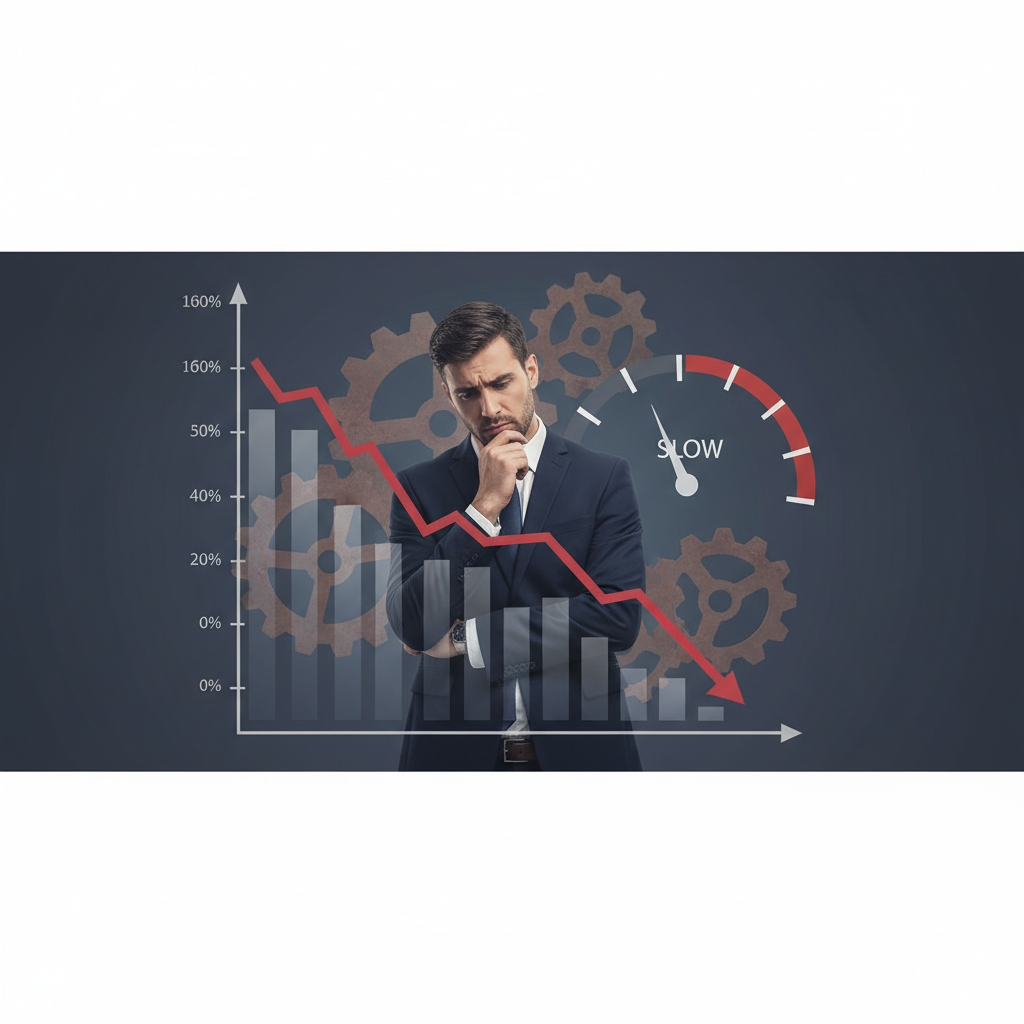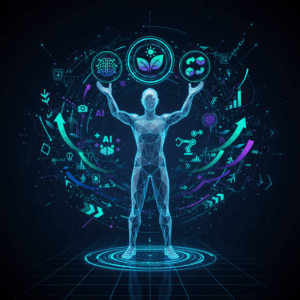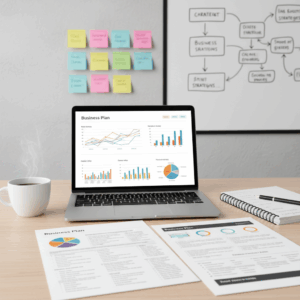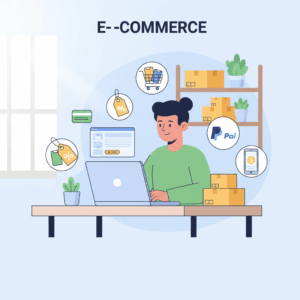Key differences between slowdown and recession
The economic slowdown It indicates a period where growth slows but remains positive. It's a sign that the economy may face difficulties in the near future.
The economic recession It implies two consecutive quarters with a decline in activity, reflecting a real contraction of the Gross Domestic Product (GDP) and the economy.
These phases are key to understanding the business cycle, as they affect national employment, income, and production in different ways.
Definition of economic slowdown
The economic slowdown refers to a slowdown in growth without it stopping or falling. The rate of expansion slows, but the economy continues to grow positively.
It's an indicator that can predict future economic problems, although it doesn't always lead to a recession. It can reflect a change in the economy's normal rhythm.
This phenomenon is natural in economic cycles and signals a stage where investment and consumption begin to moderate.
Definition of economic recession
An economic recession is defined as at least two consecutive quarters of real drop in production and GDP, showing a serious reduction in economic activity.
This state has serious consequences such as reduced employment, reduced family income, and business contraction.
It is a deeper and more negative phase than a slowdown, marking a true contraction of the economic cycle.
Economic and social impacts
Slowdowns and recessions have distinct impacts on the economy and society, affecting variables such as production, employment, and financial well-being.
Understanding these effects helps anticipate policy responses and measures to mitigate damage to families and businesses.
The effects can range from reduced growth to profound crises, depending on the intensity and duration of each phenomenon.
Effects of the slowdown on the economy
The slowdown reduces the rate of economic growth, which can translate into lower investment and moderate consumption.
Companies tend to be cautious, which slows down the creation of new jobs, although it does not necessarily lead to massive losses.
This period often generates uncertainty, slowing expansion without causing an immediate real contraction in the economy.
Consequences of a recession
A recession involves a significant and sustained decline in aggregate production and demand, severely affecting productive sectors.
Increases in the unemployment rate, business closures, and a general decline in economic activity are common.
Social consequences include increased poverty and decreased access to basic goods and services.
Implications for employment and income
During a downturn, employment and income growth slows, but does not decline substantially.
In a recession, unemployment rises and household income tends to fall, affecting consumption and quality of life.
This impact can lead to deeper inequalities and require public policies to support vulnerable sectors.
Indicators and measurement
Identify a economic slowdown or a recession requires clear indicators that reflect the real behavior of the economy and its dynamics.
These indicators allow governments and analysts to anticipate changes, taking measures to address potential crises or adjusting economic policies.
The correct use of this data is essential to understanding what phase of the economic cycle a country is in.
Indicators to identify slowdown
To detect a slowdown, rates of GDP growth lower than usual, although still positive, along with a drop in consumption and investment.
Indicators such as industrial production, retail sales, and business confidence also show signs of slower economic growth.
In addition, the trend in employment and wages is analyzed, which tend to grow more slowly during a slowdown but do not decline.
Measuring the recession through GDP
A recession is measured primarily by GDP, identified when it shows two consecutive quarters of contraction, reflecting a drop in total production.
This international standard method allows for confirmation of the severity of the situation and comparisons between countries and historical periods.
In addition, other factors such as employment, inflation, and consumption are evaluated to complement the analysis and understand the comprehensive impact of the recession.
Economic cycles and their phases
Economic cycles are made up of natural phases that include expansion, slowdown, recession, and recovery. Understanding these stages allows you to anticipate market fluctuations.
Slowdowns and recessions represent critical moments in these cycles, marking important changes in overall economic growth and output.
Studying their relationship helps improve economic policies and strategies to minimize negative impacts on society and businesses.
Relationship between slowdown and recession in cycles
A slowdown is often a pre-recession phase, in which economic growth slows but remains positive. It can warn of a possible future decline.
If the slowdown persists and GDP falls for two consecutive quarters, the economy enters a recession, indicating a real and deeper contraction.
Both phases are part of the fluctuating behavior of business cycles and reflect how the economy responds to different shocks and market conditions.
Importance of distinguishing both economic phases
Distinguishing between a slowdown and a recession is essential for designing appropriate and timely economic policy responses, avoiding excessive or insufficient measures.
Knowing this difference allows governments and businesses to better prepare, adjusting investments, employment, and public spending according to the magnitude of the problem.
Interesting fact: anticipation and mitigation
The slowdown acts as an early warning signal that can lead to preemptive action to prevent a more severe recession from developing.
Therefore, monitoring indicators at this stage is key to maintaining economic stability and protecting social well-being.






